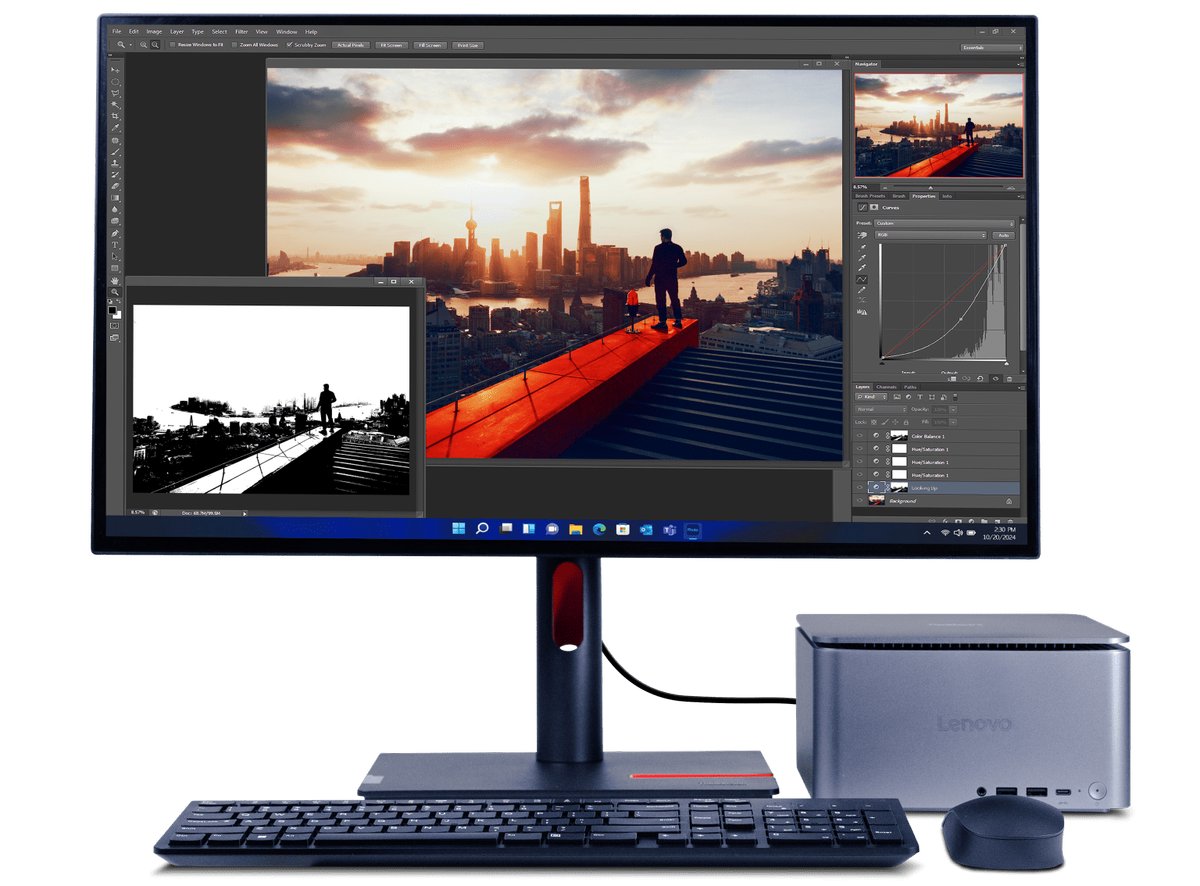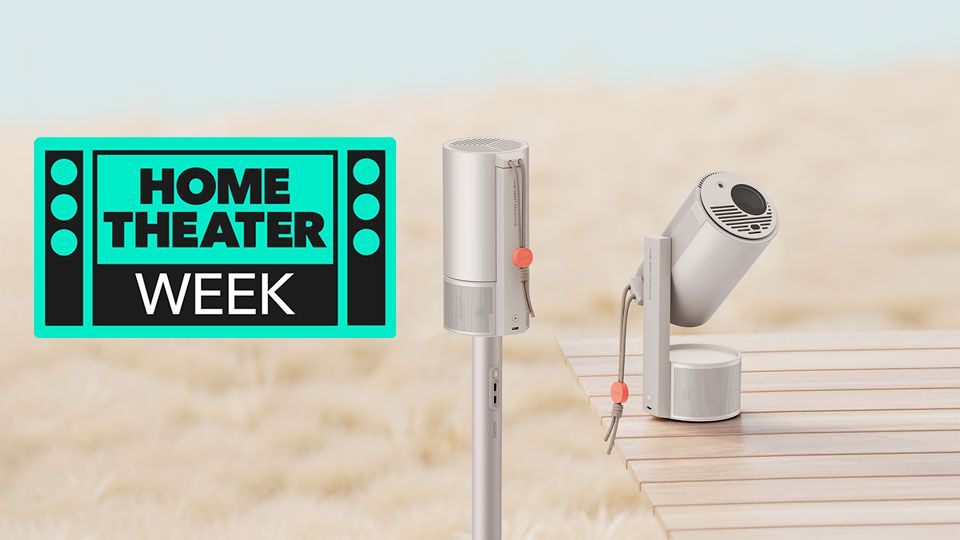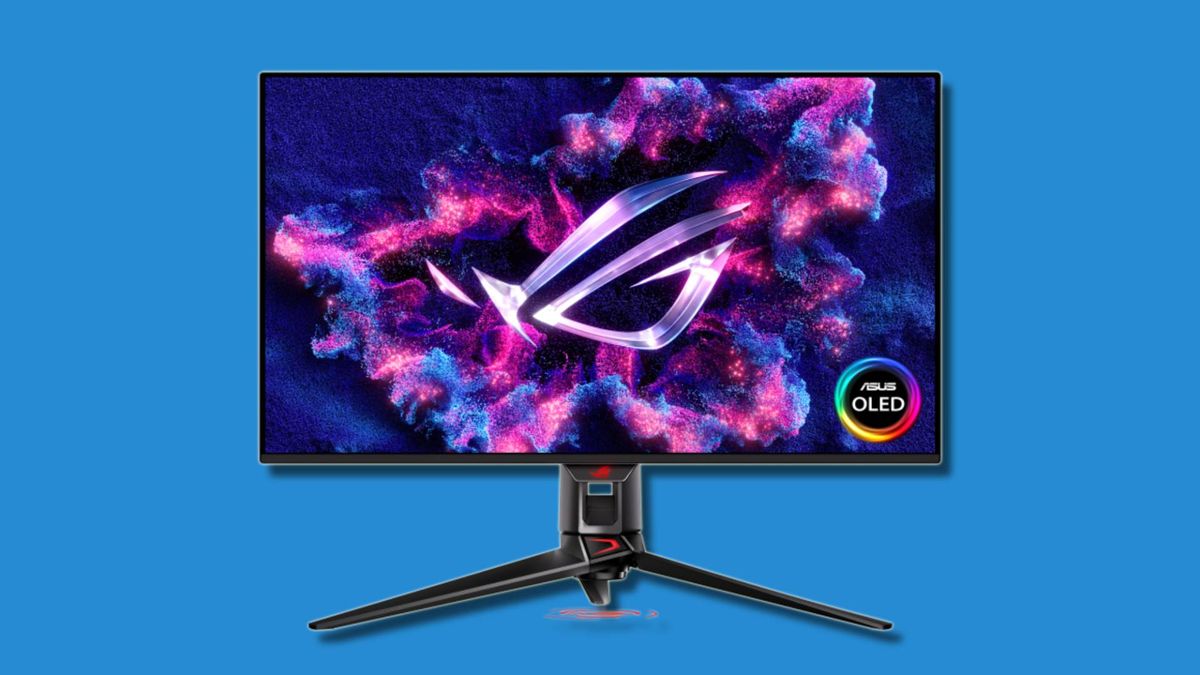Originally unveiled at CES 2024, the Lenovo ThinkCenter Neo Ultra is the company’s first ultra-small form factor desktop aimed at SMBs looking to harness the power of AI without spending a fortune.
When it was first announced, we knew the device would feature an Intel Core i9 processor, but not which one, and that it would include an Nvidia RTX 4060 GPU and up to 64GB of DDR5 RAM.
Lenovo has put the ThinkCenter Neo Ultra on sale and has filled in the gaps in terms of specifications. Buyers can choose from a range of 14th-generation Intel processors, from the i5-14500 to the i9-14900T. Sadly, there are no AMD variants on offer.
Available now… in Australia
As expected, the ThinkCenter Neo Ultra, which measures 195 x 191 x 108 mm (3.6 L), features a wide array of ports. Up front, you’ll find two USB-A ports (USB 10Gbps / USB 3.2 Gen 2), one of which supports 5V 2.1A charging, a headphone/microphone combo jack (3.5mm), and a USB-C port (USB 20Gbps / USB 3.2 Gen 2×2) for data transfer only. The rear panel is equipped with two USB-A ports (USB 10Gbps / USB 3.2 Gen 2), two USB-A ports (USB 5Gbps / USB 3.2 Gen 1), an HDMI 2.1 TMDS port, an Ethernet port (GbE RJ-45), an HDMI 2.1a FRL port, and four DisplayPort 1.4a ports.
There are optional rear ports that can be configured with one of the following: VGA (dust off your old CRT monitor!), DisplayPort, HDMI, or USB-C with DisplayPort capability for the first port, and VGA, DisplayPort, HDMI, or 2.5GbE RJ-45 for the second.
It can be purchased with Wi-Fi 6E and Bluetooth 5.3 and comes with four M.2 slots: one for WLAN, one for an AI card, and two for SSDs. The system also includes up to four thermal fans to keep the system cool, one more than the original specifications indicated.
For now, the ThinkCenter Neo Ultra is only available in Australia, where the standard configuration – with an i5-14500 CPU, RTX 4060 GPU, and 16GB of DDR5 RAM – will cost AU$3,299 ($2,223), which is roughly the same price as an Apple Mac Studio with M2 Max. It will no doubt be available in other territories in the coming months. Interestingly, this model is referred to as “Gen 1,” suggesting that Lenovo plans to release updated versions in the future.
See in the









